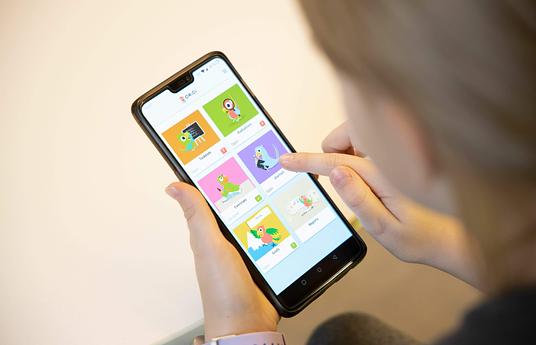Poorly-resourced science laboratories in many of Kenya's secondary schools have been a concern to both the government and citizens, this is because it has deterred the inclusion of experimentation ( a fundamental part) in science lessons. This has resulted in poor performance in sciences and the mass dropping of science subjects as career subjects by students.
Through the Sayance Program ( a program in the form of a resource center, where schools borrow the laboratory resources (equipment and consumables) they require to conduct various experiments, and then return them once they are through with the experiments), the schools have been able to incorporate experimentation into their science curricula fully.
The program has encouraged transformation in that it has
Enhance creativity, objectivity, and scientific thinking, and this has resulted in a positive learning environment
Help the students to enhance their understanding by learning the theoretical concepts of science that are taught in classrooms, hence helping them to achieve good academic results
Contributing to the student-centered learning environment has led to the development of students who are autonomous and independent.
It has increased the performance of students in the sciences
The above observations have been used to measure the impact of the program
For the past year, we have been piloting the program with 3 secondary schools in the Mathare constituency and have seen measurable success,,
We are now seeking to expand our program to accommodate the larger number of students, we are targeting to absorb 40 schools in Nairobi Central Region in the next 3 years.
We want to identify spaces within Nairobi Central region and place the resource centers where they will serve schools that will be within those proximities.
This program can be adapted by any learning institution or any person who has a passion for increasing the quality of science delivered in schools, all one needs is to rent a room, resource it with lab equipment, and consumables, and then obtain operating necessary licenses, and permits.
.png)

.png)
